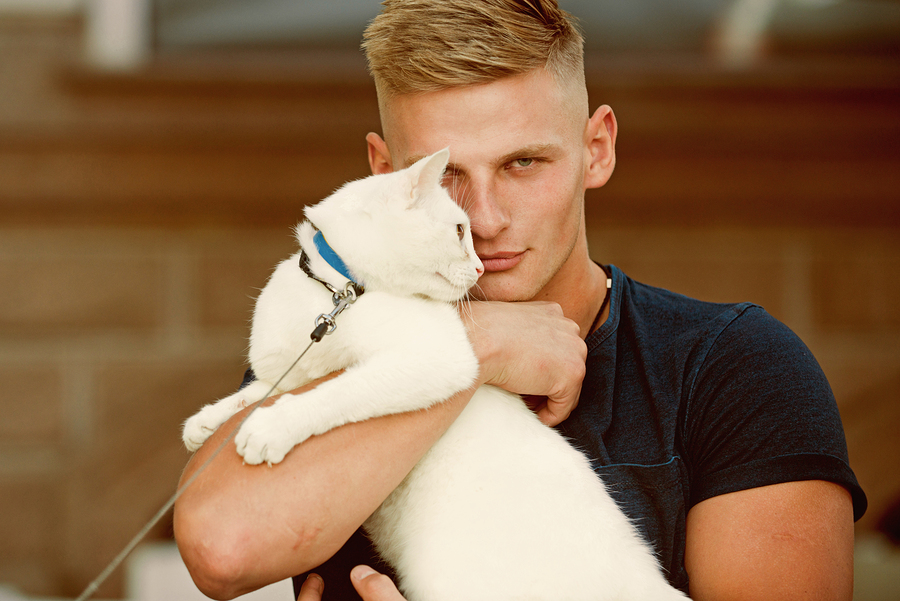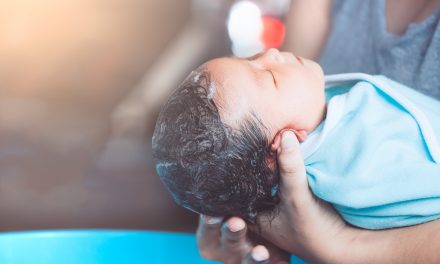I have had cats my whole life, currently 3 cats live in my house, and throughout the years I have always told people that cats are often misunderstood. I’d say this because so often people would say they didn’t like cats because they were no fun, didn’t like humans and cared only of themselves.
I mean this light-heartedly, cat skeptics out there would go as far to say that cats even have no personality! For me, someone who has been around cats their whole life, I say there’s no way that is accurate – even in cases where cats are a bit difficult.
RELATED STORY:
Before we get to this fun research, I’ve never really viewed myself as a cat owner… honestly, my 3 cats live with me and my life partner, we don’t own them – that’s our perspective at least. If you asked me, our cats deeply have a connection with me and my partner, and that’s completely regardless of if they have been fed yet or not.
The Research
New research published in the journal Current Biology shows that what cat owners regularly see, but that others might not, is that cats do in fact form attachments to humans known as “secure attachment,” this is when a caregiver’s presence gives them the feeling of calm and security. The study was done by scientists at Oregon State University.
This research confirms what people know about dogs and small children already, that they form deep attachments and feel calm when their caregivers are around. For myself, when I leave for an extended period of time one of my cats, who I probably have the deepest connection to, will meow loudly and look for me around the house. When I get back, he’ll often come and sit on my lap and purr as a hello.
According to Kristyn Vitale, a researcher at the Human-Animal Interaction Lab at Oregon State University and lead author of this new study:
“I think part of the reason for this paucity of research into cat-human interactions may stem from the idea that cats are not especially social animals[…] However, cats display a range of social behavior, and recent research indicates we may be underestimating the importance of social interaction in the lives of cats.”
The team decided to study what ‘attachment’ might look like in cats when their owners leave. They used a simple attachment test often used when studying. The first wave of tests was performed with the owners of nearly 80 kittens, all under the age of eight months. They hung out with their owners for two minutes in an unfamiliar room, then the owners left for two minutes, and then the owners returned for another two minutes.
RELATED STORY:
Given the unfamiliar setting, some cats would feel stressed-out, especially if their humans are not there. According to the study, many cats were stressed, and this was judged by the mournful-sounding meows and other stressed-out behaviors they often made while alone. When cats were then reunited again with their owner, the team closely watched the behavior of the cats.
“Cats mainly reacted in one of three ways to the return of their owner[…] Secure cats greet their owner and then return to relaxed play and exploration (known as the Secure Base Effect), while insecure cats do not return to relaxed behavior and either excessively cling to their owner (insecure-ambivalence) or avoid their owner (insecure-avoidance).”

The key finding was that the cats fell into these subsets of attachment at roughly the same rates as dogs and infants. Around two-thirds clearly displayed a secure attachment to their owners, while most insecure cats were clingy and remained stressed. Subsequent experiments showed that these results stayed largely the same for the same group of cats six weeks later, as well as for a new group of older cats past the age of one.
RELATED STORY:
As the lead author stated “The majority of cats are securely attached to their owner and use them as a source of security,” and you can find out what signs your cat has of attachment to you by looking out for the following signals.
“Individual cats may show they ‘like’ their owner in various ways. More social cats will show affection by rubbing on their owners or sitting on their lap while more independent cats may show their affection by just being in the same room with their owner. There is a lot of variation in how cats display social behavior toward people,” said Vitale.
Vitale and her team plan to study the cat attachment behavior more deeply next, but these early results show what most cat owners already know and can feel.
RELATED STORY:
The Takeaway
This is my own perspective, and one that I feel most with animal experience would likely agree with. Most animals we encounter, especially if at a young age, will connect deeply with their caregiver or any human that is coming to them looking to build connection.
Things may be slow at first, or even seem impossible, for some connections, but there have been so many examples of ‘unbelievable’ connections to suggest that deep down we can connect deeply with the animal kingdom of this planet and that perhaps that could be a norm across society. After all, is it not our view of some animals vs others that even changes which ones we decide to eat vs which we have as pets? What if we change our perspective of animals and ‘hierarchy’ altogether?













